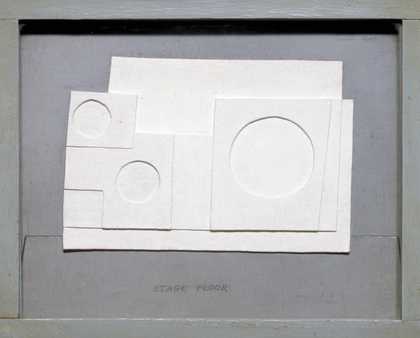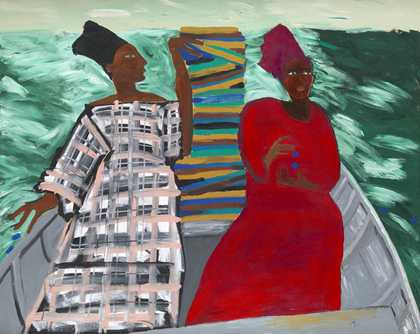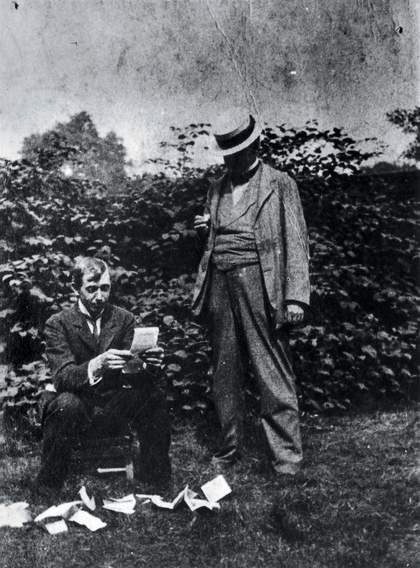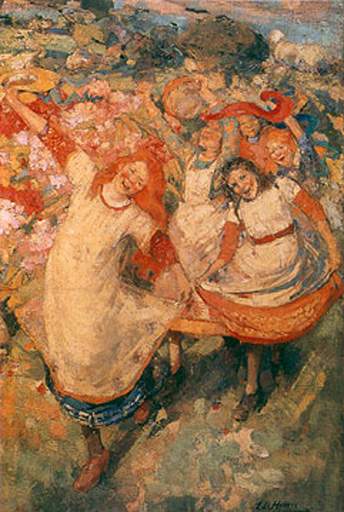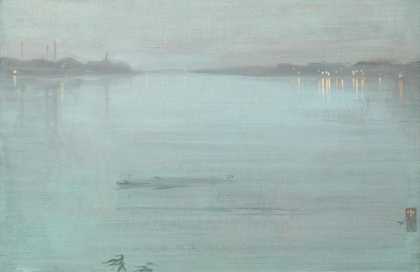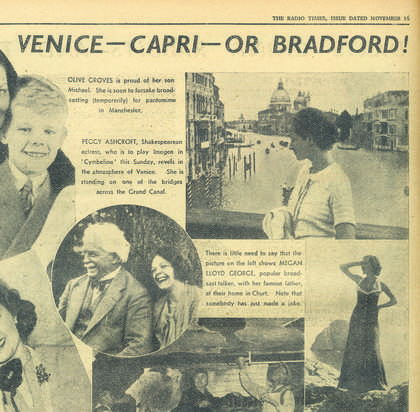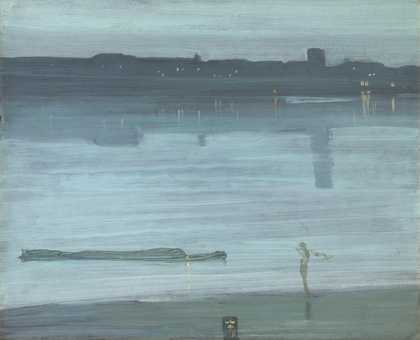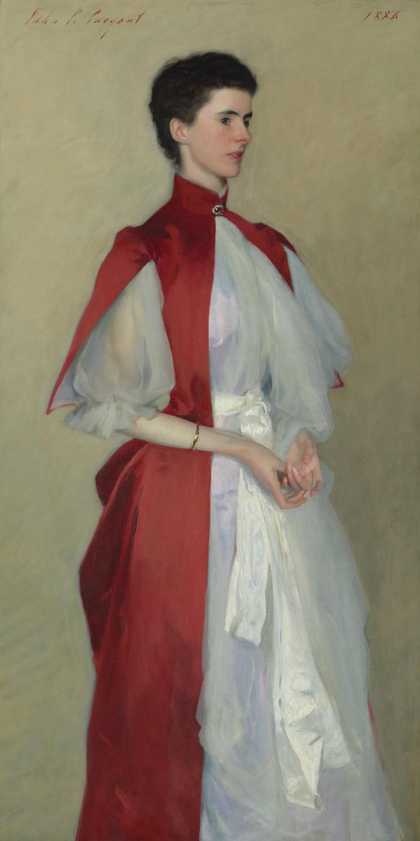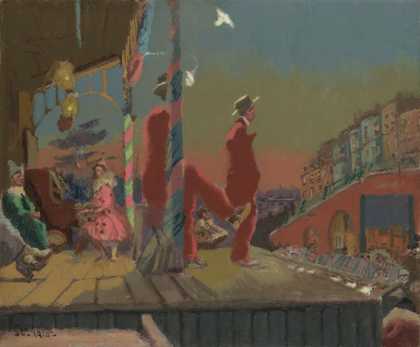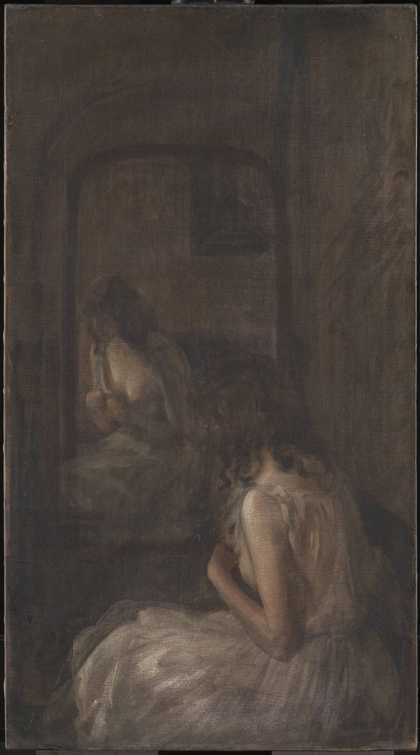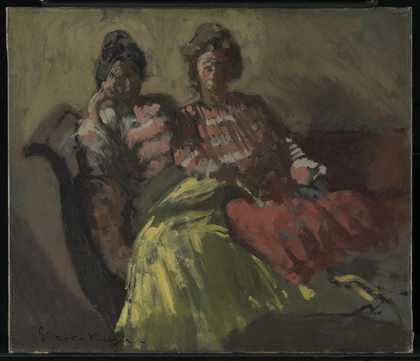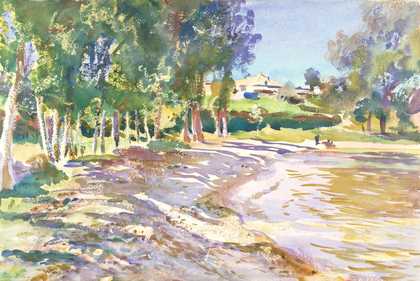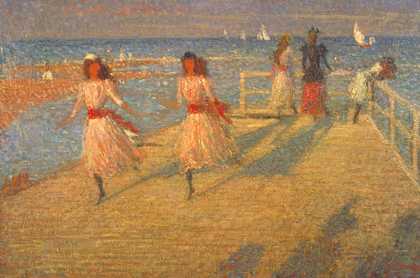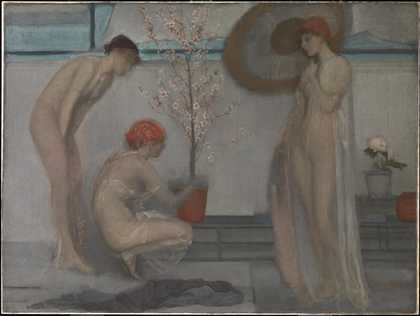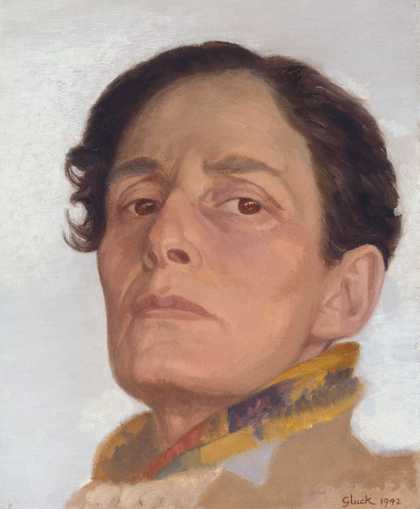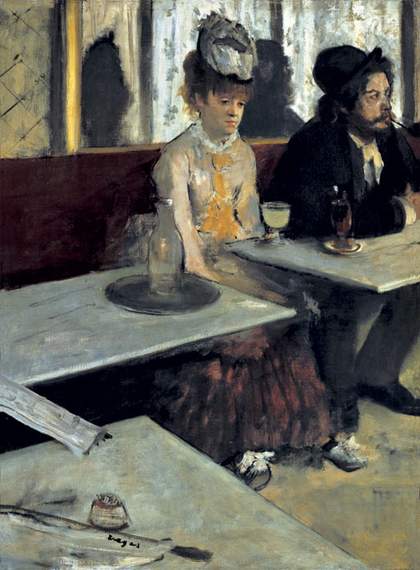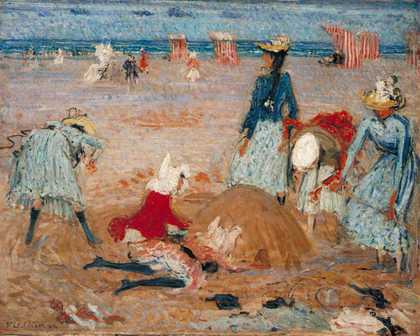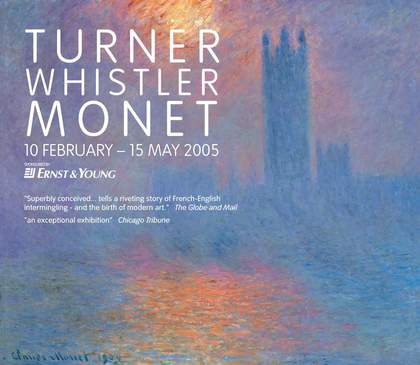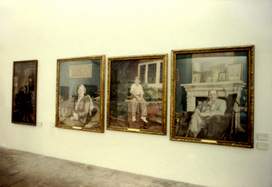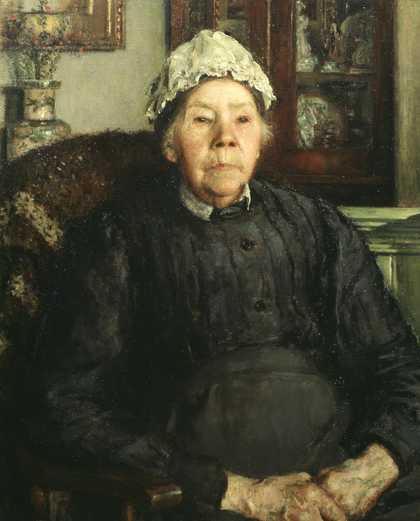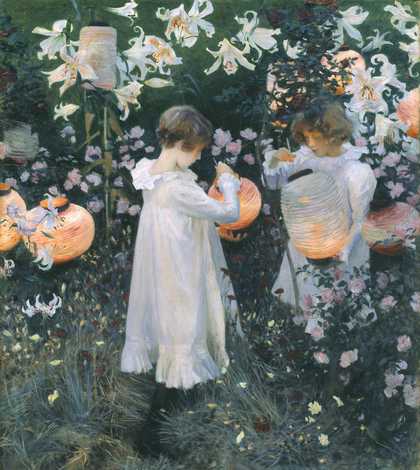
John Singer Sargent
Carnation, Lily, Lily, Rose (1885–6)
Tate
Modernist ideas and techniques associated with what was to become known as French impressionism (such as the use of rapid, broken brushstrokes, awareness of light and shade and the depiction of scenes form everyday life), were introduced to Britain by James McNeill Whistler who settled in London in 1863. Forms of impressionism were then developed by his pupils Walter Richard Sickert and Wilson Steer and promoted by the New English Art Club founded in 1886. In 1889 Sickert and Steer organised the exhibition London Impressionists with the more advanced members of NEAC.
Meanwhile in 1885 John Singer Sargent arrived from France and settled in London. While in France Sargent had met the great French impressionist, Claude Monet, and in the next few years made a major contribution to impressionism in Britain with paintings such as Carnation, Lily, Lily, Rose which was painted entirely out of doors.
British impressionism in focus
[Carnation, Lily, Lily, Rose] is the picture that caused impressionism to become acceptable in England.
Caroline Corbeau-Parsons, Assistant Curator, British Art, 1850-1915

